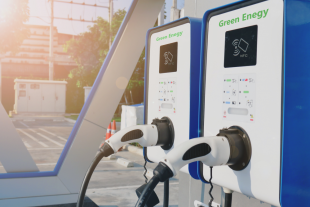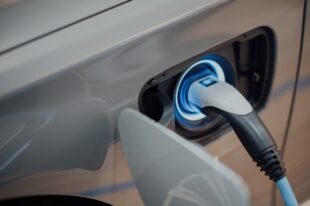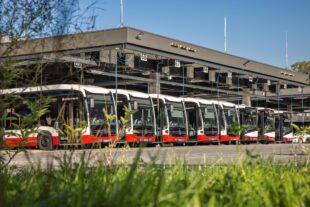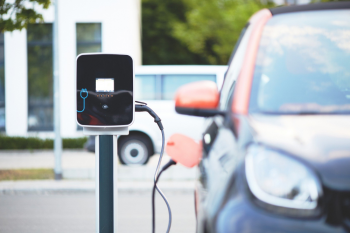Which pathways exist to reach climate targets in the transport sector?
The conversion of individual mobility to environmentally friendly and sustainable concepts is a global challenge. Because of dwindling crude oil reserves and advancing climate change, a move away from finite fossil fuels in the transport sector is urgently needed.
Electric drivetrains can significantly reduce dependence on petroleum and enable the use of regeneratively generated electricity in road transport. The large-scale introduction of electric vehicles in inner cities will also help improve air quality and reduce noise pollution. But alternative energy sources such as natural gas, hydrogen, or biomass can also play an essential role in sustainable mobility. In various projects, we are examining possible transformation paths for mobility and how these can contribute to achieving climate targets.
The Life Cycle Assessment (LCA) method is often used for the ecological evaluation of different types of drive systems in the transport sector. It covers the provision of energy sources and their upstream chains and the production and disposal of the vehicles. Due to the current discussion, the focus is currently on the environmental impact of greenhouse gas emissions. However, the method also evaluates other environmental impacts such as eutrophication, acidification, water and resource consumption, and cumulative energy expenditure (CED). In addition to holistic ecological comparisons, the assessments aim to identify potential for improvement in so-called hot-spot analyses.
In particular, we consider the following questions:
- Which form of drivetrain is how efficient?
- Will we all drive electrically in the future?
- Will truck traffic in the future be powered by electricity or hydrogen?
- Will transport achieve its climate targets?
- Which means of transport produces the least CO2?












